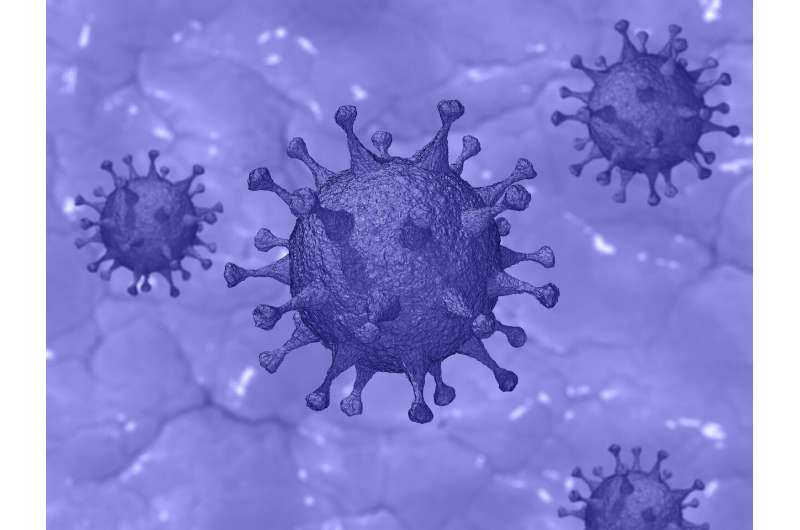
In a paper published by Environment International, Surrey’s renowned Global Centre for Clean Air Research (GCARE) explored what motorists must consider to make sure their in-car environments are as COVID-secure as possible.
The GCARE team used sensors to monitor pollution particles concentration, map how those particles varied during different settings in the vehicle and evaluate exposure dose per km of PM2.5 for three different ventilation settings (open window, air conditioning using fresh air, and air conditioning using air recirculation). The team also used sensors to monitor CO2 emission—a proxy used in the experiment for COVID-19.
The GCARE researchers found that maintaining a continuous intake of fresh air by keeping the windows open—while also wearing a mask—is the best way to guard against the transmission of COVID-19—but this increases occupants’ exposure to toxic air pollution particles.
Motorists face a dilemma, since guarding against air pollution by keeping windows closed in turn aggravates the risk from COVID-19: the study found that the probability of Covid-19 transmission rate increased by 28.5 percent when windows are closed and air recirculation is switched on.
For the best chance of remaining safer from both COVID-19 and external air pollution, the GCARE team found that keeping the windows closed—which mitigates air pollution particles—while running air conditioning on ambient mode (drawing in fresh air from outside) to minimize exposure to COVID-19, is the optimal balance.
Professor Prashant Kumar, lead author of the study, Associate Dean (International) and Founding Director of GCARE at the University of Surrey, said: “It’s vital that the scientific community provides society with the data it needs so we can learn from the painful experience of the past two years.
Source: Read Full Article
